News detail
Methods of forming refractory materials – plastic forming and slip casting
Plastic molding method
Plastic molding method refers to the method of making a green body with plastic clay with a moisture content of more than 16%. Usually, the prefabricated green body is put into a mud extruder, extruded into mud strips, then cut, and then made into rough green bodies according to the required size. The rough green bodies are pressed by a re-pressing machine to make the green bodies have the specified size and shape.
Plastic molding method is mostly used to produce large or particularly complex refractory products. Compared with the semi-dry method, its disadvantages are high moisture content in the green body, low strength of the brick green body, inaccurate external dimensions, complex drying process, and shrinkage sometimes reaching more than 10%. Therefore, in the production of refractory products, except for some products, plastic molding method is generally rarely used.
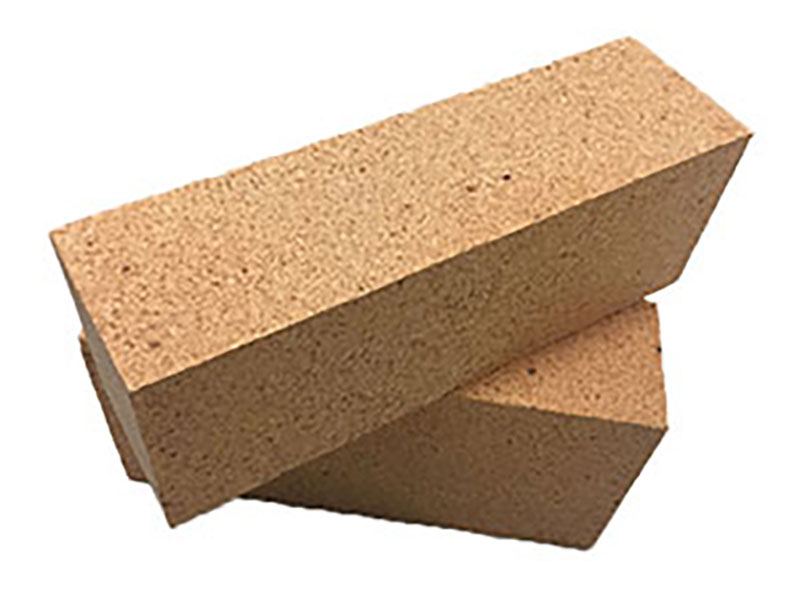
Features
High flexibility: Plastic molding method can manufacture large or particularly complex refractory products to meet the needs of some special industrial scenarios. For example, in the metallurgical industry, the lining of some large furnaces requires refractory materials of special shapes to ensure sealing and stability, and plastic molding method can well meet this requirement.
The equipment is relatively simple: Compared with some high-precision molding equipment, the equipment used in plastic molding, such as the mud extruder and re-pressing machine, has a relatively simple structure and low investment cost, which is highly feasible for some small refractory manufacturers.
The green body has high strength: the green body after being pressed by the re-pressing machine has a denser structure and higher strength, and is not easily damaged during transportation and subsequent processing, which is conducive to improving production efficiency and product qualification rate.
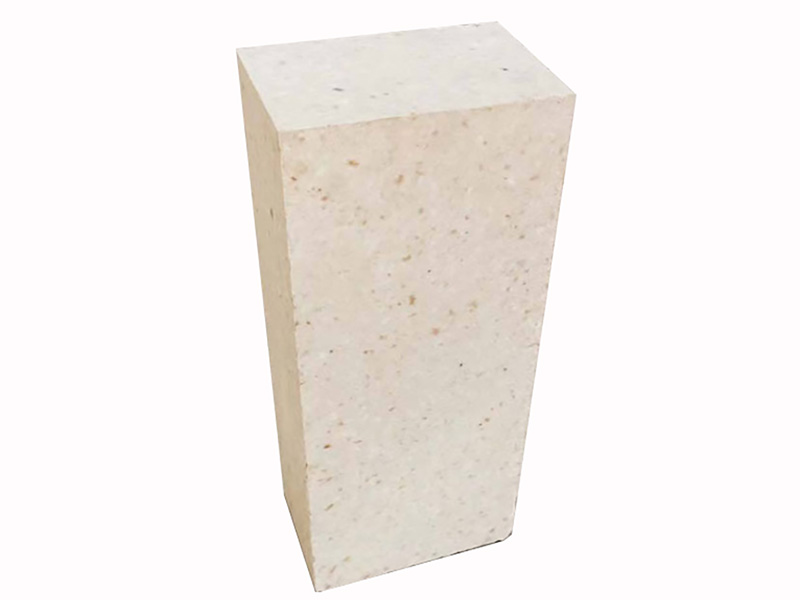
Application range
Metallurgical industry: In the construction of metallurgical furnaces such as blast furnaces and converters, plastic moldable refractory products are widely used in furnace linings, furnace bottoms and other parts, which can withstand high temperature, high pressure and slag erosion to ensure the normal operation of furnaces.
Building materials industry: In cement rotary kilns, glass kilns and other building materials equipment, plastic moldable refractory materials are used for linings and key parts to resist the erosion of high-temperature materials and flames and improve the service life of equipment.
Industrial kilns: Various types of heating furnaces, soaking furnaces, annealing furnaces and other industrial kilns also use a large number of plastic moldable refractory products. They can maintain stable performance in high temperature environments and provide reliable thermal protection for industrial production.
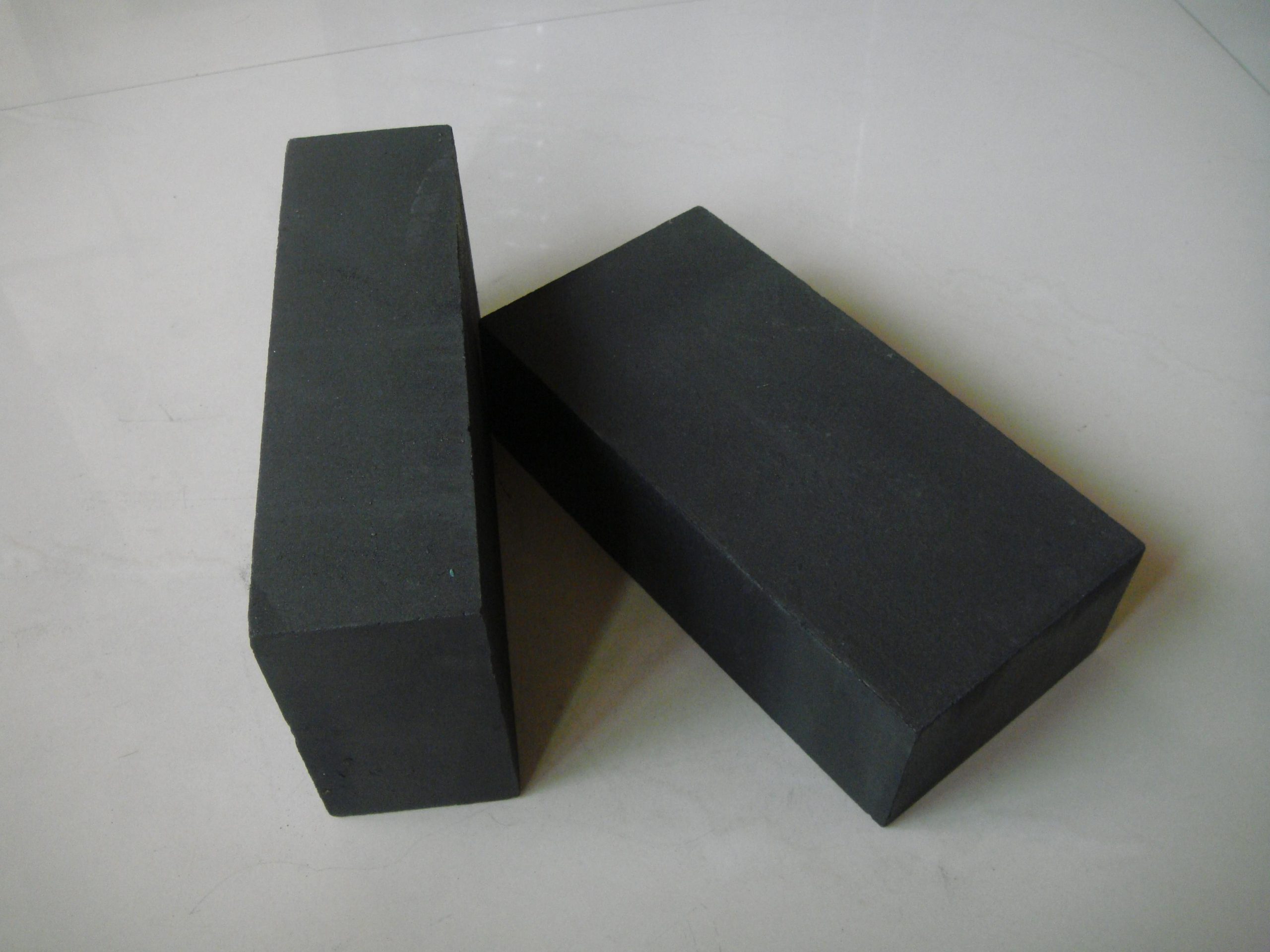
Slurry injection molding method
Slurry injection molding method is a method of injecting mud into a gypsum model and using the model to absorb water to form a blank. There are hollow casting, solid casting, pressure casting, centrifugal casting, vacuum casting, etc., among which hollow casting is the most important casting method.
The characteristic of hollow casting is that the gypsum mold does not have any core, so it is also called single-sided casting or single-sided slurry absorption. After the mud is injected into the gypsum model, the shape of the blank is formed on the inner wall of the mold cavity. When the dry layer reaches a certain thickness, the excess mud is poured out to form the inner wall of the blank. The blank formed in this way has basically the same internal and external geometric shapes. This casting method is suitable for thin-walled hollow products, such as thermocouple sleeves, crucibles, ball mills, etc.
Solid casting is used for products with thick walls or complex shapes. Its characteristic is that one or more cores are placed in the gypsum mold cavity to form the inner surface of the injection part, so it is also called double-sided casting or double-sided slurry absorption. After the slurry is poured into the model, the two gypsum walls of the core and the cavity absorb the slurry at the same time to shorten the slurry absorption time and determine the shape of the injection.
Pressure casting, vacuum casting and centrifugal casting all use the same method as the above casting, but add pressurization, vacuum and centrifugal equipment to reduce the air in the slurry to improve the density and finish of the injection. The most important part of grouting molding is the modulation of the slurry. Generally, the slurry is required to be easy to flow, viscous, short demoulding time, and high strength of the blank after demoulding. Different materials use different suspension media. For some materials that are easy to combine with water, such as CaO, MgO, etc., organic matter (such as anhydrous alcohol) can be used as a suspension medium. Gypsum model is indispensable for grouting molding process. The gypsum model is made according to the properties of semi-hydrated gypsum powder mixed with water to form dihydrate gypsum and have solidification. Gypsum powder should be pure, and the initial setting time after adding water should be no less than 9 minutes, and the final setting time should be no more than 30 minutes, so as to facilitate molding operation. The moisture content of the slurry used for grouting is generally about 40%. It is mainly used to produce hollow-walled thin-walled advanced refractory products and special refractory products. The materials include oxides, fused quartz, fused mullite, zirconium-containing mullite, etc.
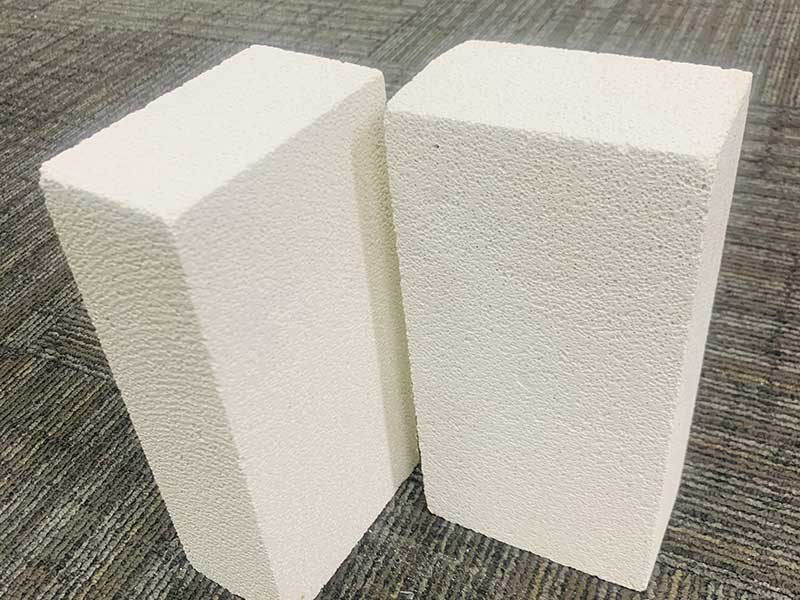
Features
Suitable for manufacturing thin-walled hollow products: Since the grouting molding method can make the internal and external geometric shapes of the blank basically consistent, it is particularly suitable for manufacturing thin-walled hollow products such as thermocouple sleeves, crucibles, and ball mills. These products are widely used in chemical, electronic and other fields.
The size accuracy of the blank is high: Through the precise production of the gypsum model, the size accuracy of the blank can be guaranteed to meet the needs of some industrial products with strict size requirements. At the same time, for some products with complex shapes, precise molding can also be achieved through mold design.
High production efficiency: The grouting molding method can achieve mass production, the operation is relatively simple, and a large number of blanks can be manufactured in a short time, which improves production efficiency and reduces production costs.
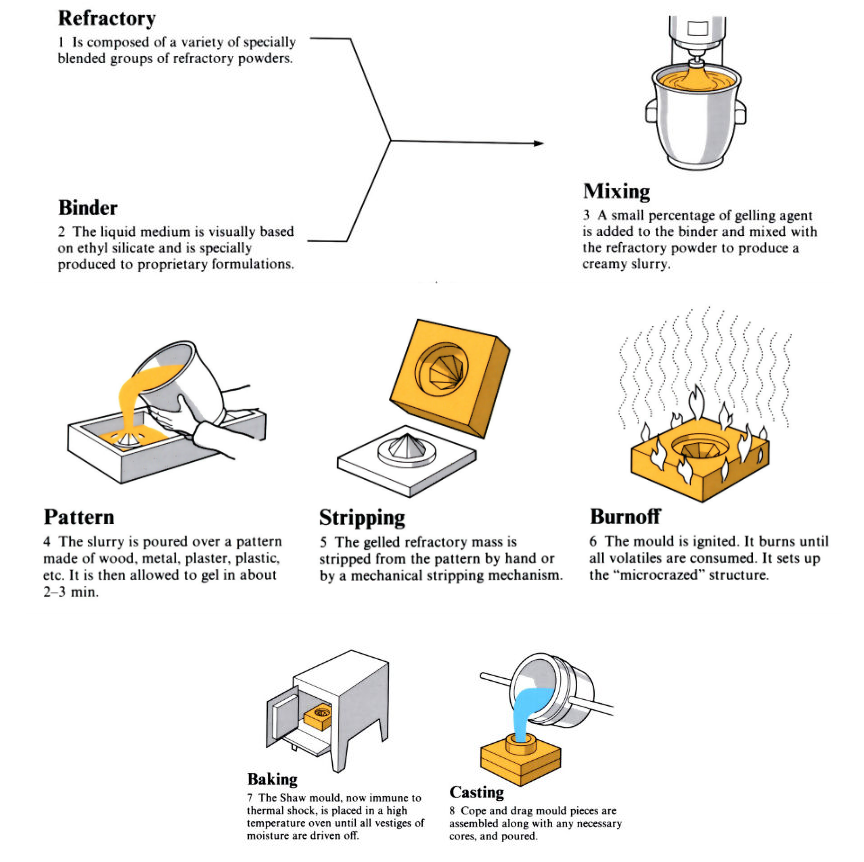
Application range
Chemical industry: In chemical production, thermocouple sleeves are used to protect thermocouples so that they can accurately measure the reaction temperature. The thermocouple sleeves formed by grouting have good high temperature resistance and corrosion resistance, and can meet the harsh environment requirements of chemical production.
Electronic industry: In the manufacturing process of electronic components, some high-precision crucibles are needed to melt and purify materials. The crucibles formed by grouting can ensure the purity and quality of the materials, providing strong support for the development of the electronics industry.
Laboratory equipment: The ball mill in the laboratory is used to grind and mix samples. The ball mill formed by grouting has good wear resistance and sealing, which can meet the laboratory’s requirements for sample processing.


Send inquiry
Please Leave your message you want to know! We will respond to your inquiry within 24 hours!